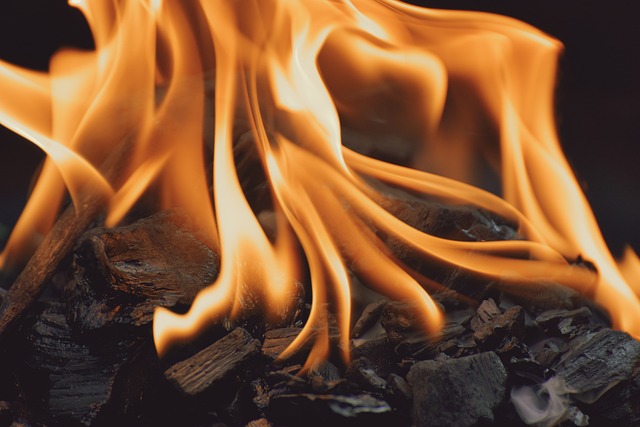FIRE PROTECTION SYSTEMS: Things you need to know
Fire safety is a crucial topic for engineers, architects, safety technicians, firefighters, and all professionals involved in fire prevention and control. However, despite technological advancements and increasingly stringent regulations, there are aspects of fire protection systems that are little known but make all the difference in the safety of buildings and people.
In this article, we’ll explore surprising information about fire protection systems and how they can decisively impact safety.
THE HUMAN FACTOR CAN COMPROMISE SYSTEM EFFICIENCY
Even with high-tech equipment, a lack of knowledge about maintenance and operation can ruin everything. Many systems fail because valves are closed incorrectly, sensors are deactivated, or extinguishers are out of date. Ongoing training of professionals and awareness among building occupants are essential to ensure safety.
PRESSURIZATION SYSTEMS CAN SAVE LIVES ON STAIRCASES
One of the biggest challenges in tall buildings is keeping emergency stairwells smoke-free. To achieve this, stairwell pressurization systems are installed to create a pressure difference between the corridors and the stairwell, preventing smoke from entering and ensuring a safe escape route.
FOAM MAY BE MORE EFFECTIVE THAN WATER IN SOME CASES
For locations with a high presence of flammable liquids, such as airport hangars and refineries, foam systems are more effective than water. This is because the foam forms a layer over the fuel, smothering the flames and preventing the spread of flammable vapors.
SYSTEM INTEGRATION: THE KEY TO A RAPID RESPONSE
Most modern fire protection systems are increasingly integrated with building automation systems. Heat and smoke sensors can automatically activate fire doors, activate smoke exhaust fans, and send instant alerts to emergency teams. This synergy between the different protection mechanisms significantly reduces response time to a fire.
MYTHS THAT NEED TO BE DEBUNSONED
“Fire extinguishers are enough to control a fire” – In many cases, a fire can spread quickly, and extinguishers are only an initial containment measure.
“Fire systems are very expensive” – The cost of prevention is always lower than the material and human losses caused by a fire. Click here for fire safety course
“Fires in modern buildings are rare” – Even in buildings with advanced technologies, risks such as short circuits and human error still pose significant threats.
CONCLUSION: BEING PREPARED IS ESSENTIAL
Fire safety depends not only on modern equipment, but also on training, proper maintenance, and the commitment of everyone involved. Investing in knowledge and training is essential to save lives and prevent tragedies.
If this content was useful to you, please share it with your colleagues and professionals in the field. Together, we can strengthen prevention and make our environments safer!

